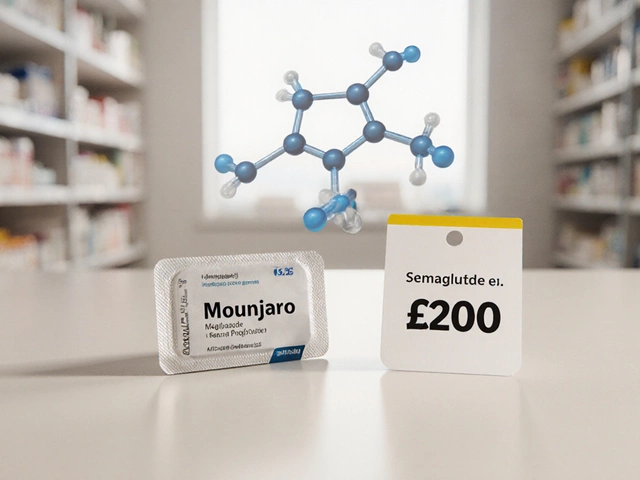Learn what the most popular diabetes medication is in 2025, why doctors prefer it, how it works, side effects, and practical tips for managing type 2 diabetes.
Read MoreDiabetes Drugs: What Every Patient in India Should Know
If you’ve been told you have type 2 diabetes, the first thing you’ll hear is a list of medicines. The most common name you’ll see is metformin. But there are other pills, combos, and even some that help with weight loss. Let’s break down the basics so you can feel confident about what you’re taking.
Metformin – The Everyday Hero
Metformin has been the go‑to drug for decades because it lowers blood sugar without causing dangerous low‑sugar episodes. It works by reducing the amount of glucose the liver releases and by making your cells more sensitive to insulin. In India, it’s cheap, widely available, and usually the first prescription doctors write.
Many people also ask if metformin can help with weight loss. The answer is yes, but modestly. It can curb appetite and improve how your body processes carbs, which may translate into a few extra pounds dropping over time. It’s not a magic diet pill, but it can be a useful part of a broader lifestyle plan.
Other Popular Diabetic Pills
Besides metformin, you’ll find drugs like sulfonylureas (glipizide, gliclazide), DPP‑4 inhibitors (sitagliptin), and SGLT‑2 inhibitors (empagliflozin). Sulfonylureas boost insulin production but can cause low blood sugar if you skip meals. DPP‑4 inhibitors are gentle on the stomach and don’t usually cause weight gain. SGLT‑2 inhibitors help the kidneys flush out extra sugar and often lead to weight loss, but they need careful monitoring for urinary infections.
Combination pills are common too. A tablet that mixes metformin with a DPP‑4 inhibitor or an SGLT‑2 inhibitor can simplify your routine. Always ask your doctor how the mix works for you and whether any side effects overlap.
When you’re choosing a drug, consider your overall health. If you have kidney problems, metformin might need a dose cut or a switch to another class. If you’re prone to low blood pressure, SGLT‑2 inhibitors could be tricky. Your doctor will look at your blood tests, age, and other meds before deciding.
Cost matters, especially in India where out‑of‑pocket expenses add up. Metformin is among the cheapest options, while newer drugs like SGLT‑2 inhibitors can be pricier. Some private pharmacies and government schemes offer discounts, so it’s worth asking about any assistance programs.
Side effects are another practical point. Metformin can cause mild stomach upset or a metallic taste; taking it with food usually helps. Sulfonylureas may make you feel shaky if your sugar drops too low. SGLT‑2 inhibitors can increase thirst and frequent urination. If any symptom bothers you, note it and call your doctor.
Beyond pills, lifestyle changes amplify the effect of any medication. Eating balanced meals, walking 30 minutes a day, and keeping stress in check can lower the dose you need. Some patients even report that a small weight loss of 5‑10 % improves their blood sugar dramatically, making the drug work better.
Finally, never stop a diabetes drug without talking to your healthcare provider. Stopping suddenly can cause rebound high sugar, which feels worse than a mild side effect. If you’re considering a break or a switch, schedule a check‑up so the change is safe.
In short, diabetes drugs in India offer several reliable options. Metformin remains the backbone, while newer pills bring added benefits like weight loss or fewer side effects. Talk openly with your doctor, factor in cost and health conditions, and pair the medication with simple daily habits. That way, you’ll keep your sugar under control without feeling like you’re stuck on a complicated regimen.





